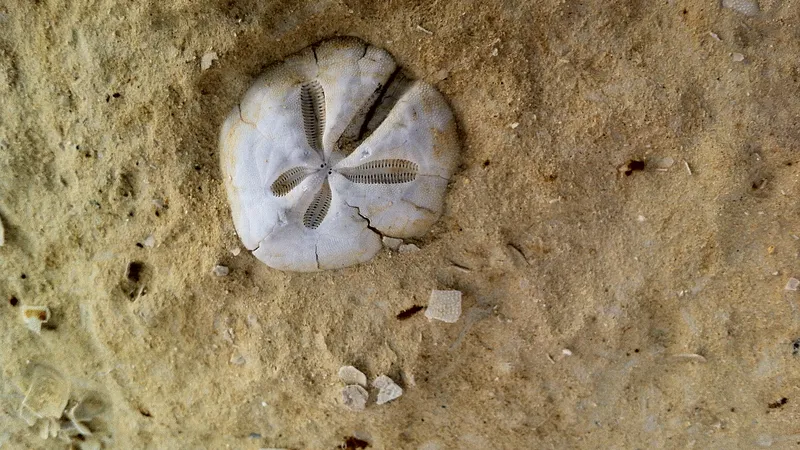Environmental Chronology of the Maltese Islands
- Geological Formation (35–5 million years ago)
- Pleistocene Epoch (2.6 million – 11,700 years ago)
- Early Holocene & First Human Settlement (ca. 5200 BCE)
- Temple Period (ca. 3600–2500 BCE)
- Bronze Age to Classical Antiquity (2500 BCE–500 CE)
- Medieval Period (500–1530 CE)
- Knights of St. John (1530–1798)
- British Period (1800–1964)
- Post-Independence to Present (1964–2025)

Roman Road at Xemxija leading to the Punico-Roman Apiary
The environmental chronology of the Maltese Islands traces the natural and human-induced changes in landscape, climate, vegetation, and biodiversity from prehistoric times to the present.
Environmental Chronology
Indepth reading, follow the links:
- Geological Formation (35–5 million years)
- Pleistocene Epoch (2.6 million – 11,700 years)
- Early Holocene & First Humans (ca. 5200 BCE)
- Temple Period (ca. 3600–2500 BCE)
- Bronze Age to Classical Antiquity (2500 BCE–500 CE)
- Medieval Period (500–1530 CE)
- Knights of St. John (1530–1798)
- British Period (1800–1964)
- Post-Independence to Present (1964–2025)
1. Geological Formation (35–5 million years ago)
- Miocene Period: The Maltese Islands were formed from marine sediments when the African and Eurasian plates collided. Layers of limestone (Upper and Lower Coralline, Globigerina) were deposited.
- Malta and Gozo were once part of a larger landmass but became islands after sea level changes.
2. Pleistocene Epoch (2.6 million – 11,700 years ago)
- Sea levels fluctuated due to glacial and interglacial periods.
- Ice Age fauna: Fossil evidence (e.g. Għar Dalam Cave) shows that elephants, hippopotamuses, and deer lived on the islands.
- No evidence of human habitation yet.
3. Early Holocene & First Human Settlement (ca. 5200 BCE)
- First human settlers arrived, likely from Sicily.
- Start of deforestation and agriculture—clearance of native woodland (e.g. oak and olive) begins.
- Erosion begins due to land clearance, marking the first major human environmental impact.
4. Temple Period (ca. 3600–2500 BCE)
- Builders of megalithic temples (e.g. Ħaġar Qim, Mnajdra).
- Intensive agriculture and growing population led to further land clearance and soil degradation.
- Faunal remains show a decline in large animals, likely due to hunting and habitat loss.
5. Bronze Age to Classical Antiquity (2500 BCE–500 CE)
- Shift to fortified hilltop settlements.
- Continued deforestation and soil erosion.
- Carthaginians, then Romans, introduced new crops (e.g. vines, olives), irrigation, and terracing systems.
- Evidence of quarrying and expansion of rural agriculture.
6. Medieval Period (500–1530 CE)
- Arab rule brought advanced agricultural techniques (qanats, water wheels).
- Introduction of citrus, cotton, and almonds.
- Continued deforestation and soil erosion, but with more sustainable farming in places.
7. Knights of St. John (1530–1798)
- Urban expansion (e.g. Valletta), construction of fortifications.
- Forests further reduced for timber and firewood.
- Introduction of exotic plants in gardens.
- Marine environment impacted by shipbuilding and port activity.
8. British Period (1800–1964)
- Military and infrastructural development (docks, roads, railways).
- Urban sprawl begins.
- Increase in population puts pressure on resources.
- Quarrying increases for construction; natural habitats decline.
9. Post-Independence to Present (1964–2025)
- Rapid urbanization, tourism, and construction boom.
- Agriculture declines, but some conservation efforts begin.
- Major environmental issues: overdevelopment, habitat loss, waste, water scarcity, air pollution.
- EU accession in 2004 boosted environmental regulations.
- Ongoing conservation efforts (e.g. Natura 2000 sites, afforestation, marine protection).
Key Environmental Themes Over Time
- Deforestation and land degradation: Began with first settlers, exacerbated over millennia.
- Soil erosion: Continuous issue due to topography and land use.
- Water scarcity: Always a limiting factor; underground water extraction has ecological impacts.
- Biodiversity loss: Native species declined due to habitat loss, hunting, and invasive species.
Related
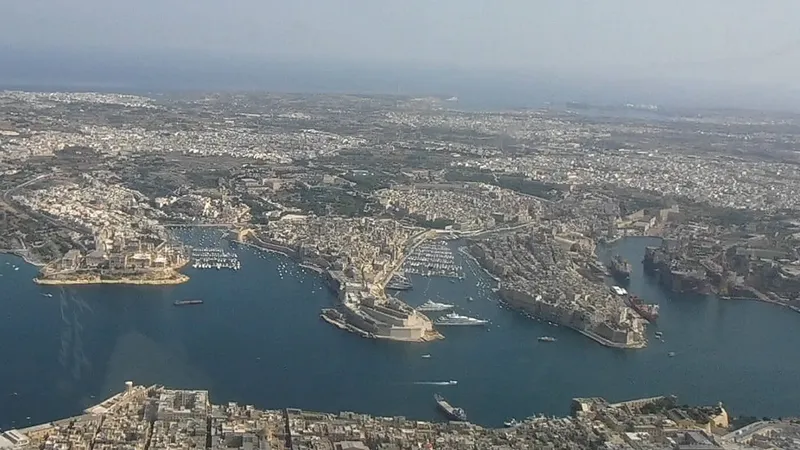
Environmental Chronology: Malta (1964–2025)
Read more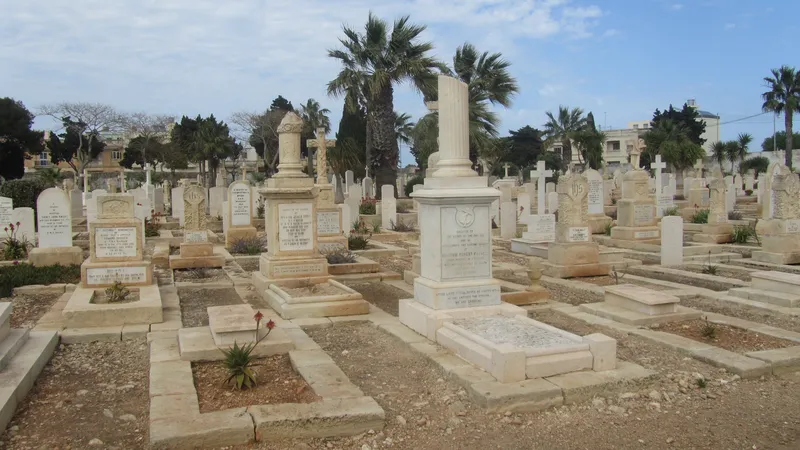
Environmental Chronology: British Period in Malta (1800–1964)
Read more
Environmental Chronology: Knights of St. John (1530–1798)
Read more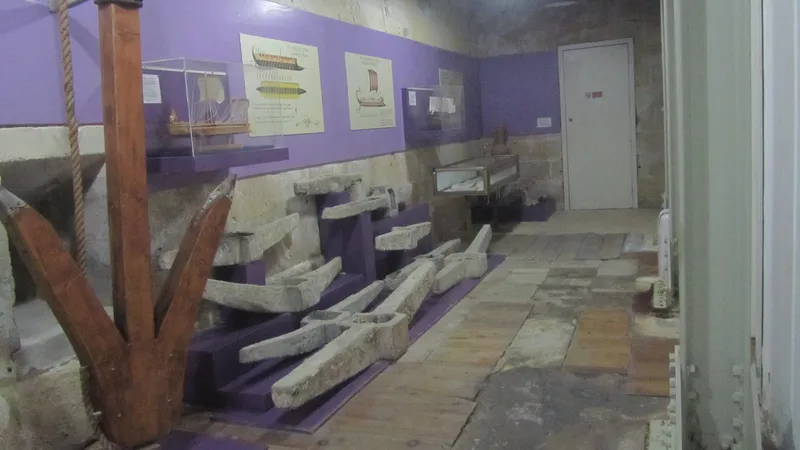
Environmental Chronology: Medieval Period in Malta (500–1530 CE)
Read more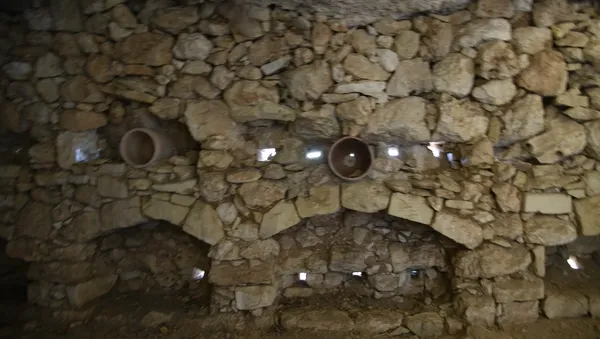
Environmental Chronology: Bronze Age to Classical Antiquity (2500 BCE–500 CE)
Read more
Environmental Chronology: Temple Period (ca. 3600–2500 BCE)
Read more
Environmental Chronology: Early Holocene & First Human Settlement (ca. 5200 BCE)
Read more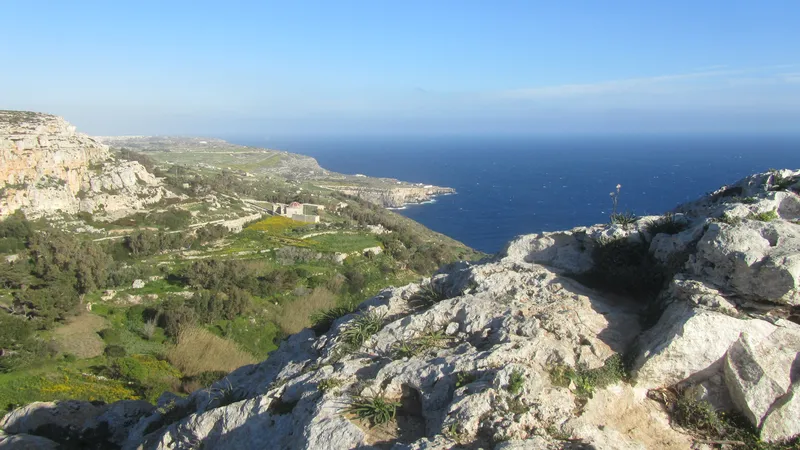
Environmental Chronology: Pleistocene Malta (2.6 million – 11,700 years ago)
Read more